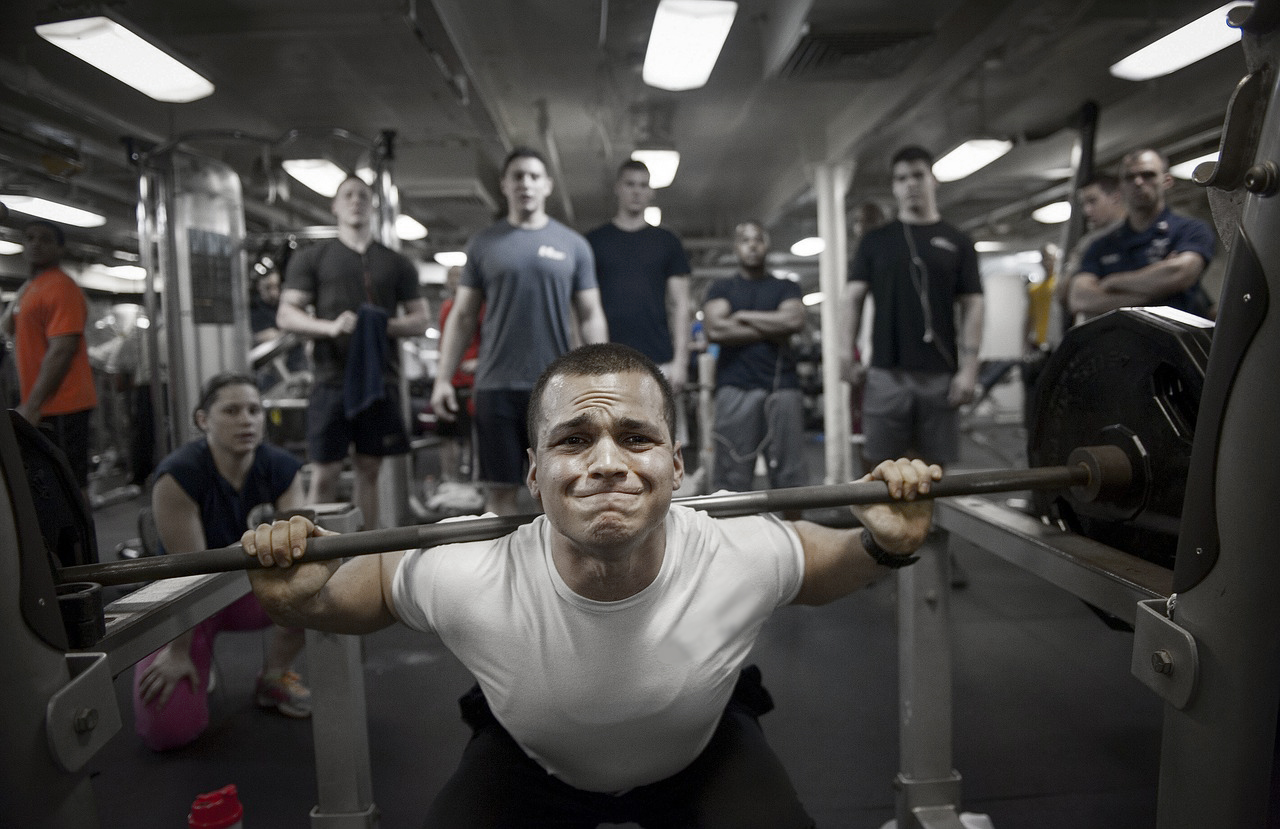
This article is for those of you, like me, who work at a small to medium non-big five conference school. This means that your institution (much like mine) doesn't get 25 million extra dollars (give or take 20 million) to spend around the house each year. I'm not complaining. If I wanted to work at a different institution, I would. But I enjoy where I work, which is why I work there.
Knowing that the financial means of each school are very different, we have to address the differences that occur because of the funds or lack thereof. At my school, we keep our basketball teams on campus during the summer. Other than that, we only have a few athletes from a few other sports who stick around. With this in mind, the summer programs that we send our athletes home with are very important. I hope that in the next few paragraphs I make you think and rethink what you send your athletes home with.
I meet with most of the coaches sometime in April to discuss summer workouts. More times than not, the direction I get from a coach is that we need to "kick their butts this summer" or "kill 'em." I'm pretty sure that they aren't being literal, but this is often our starting point.
At this point, I tend to already know what I want the athletes to do based on what we've been doing. I put it all together with a nice cover letter, warm ups, nutritional advice and all the other bells and whistles that coaches and athletes love to show recruits. I send an email to the coach and say, "Here it is. Do you have any questions, comments or concerns?" Sometimes coaches do send back emails, but at least half the time, I get little to no response until it's time to send the program out.
What I just described sounds pretty easy, right? I pretty much did what I want with the athletes. I taught them the lifts and sent them home with a workout. What could possibly go wrong? Here's a small list of what has gone wrong (and no, I'm not bashing anyone—I'm just trying to prepare you for when it happens to you):
- The packet never gets sent out.
- The packet is sent late.
- The packet is sent with many changes that you knew nothing about.
- The packet is sent out and, the next thing you know, every personal trainer on the eastern seaboard is calling to ask what a clean pull is.
- The athlete thinks the program is "a la carte" (i.e. picks the fun exercises and ignores the dirty ones like squats).
Each of these scenarios has happened to me in my career and I'm sure many other things that I've either forgotten or don't want to relive. How do you deal with each of them? I'll tell you that I've failed in each of these cases and don't have the perfect answer to any of them. So instead of trying to deal with each individually, why don't we try to avoid them from ever happening?
The way I see it there are internal forces that one must deal with here (coaches and athletes) as well as external forces (personal trainers, speed coaches, SAQ specialists, functional specialist, etc.).
Internal Sources
Athletes: This must start from day one. Educate the athletes and empower them to understand why and what you're doing so that when summer comes and they leave you, you can trust them and vice versa. While doing this, remember that you'll never bat 1000. Trust me. If you asked former athletes at my school what they thought of me, you would get many positive responses as well as some negative responses. This is OK, but for dealing with our summers, we hope that more kids on our side than the ones paddling upstream.
Coaches: I believe this is harder than the athletes. Often, we're working so hard with the athletes that we fail to communicate effectively with the coaches or coaching staff. Doing right by the athlete should be why we do our jobs, but if in doing so, you lose the coach, then you'll be the one paddling the wrong way. With this group , again start early and communicate often. Find ways to reach them. Go to practice, games or any activity that will help build that relationship, and if...if they trust you, they'll trust what you've drawn up for the summer.
The Program
Now, if we've done the above and have all the coaches and athletes on the same page, it's time to program. This is where things can get real ugly. As I said earlier, I know what I want my athletes to do over the next 12 weeks, but there are some issues to deal with:
- Where are they training?
- Are they training with someone?
- Do they know and will they perform all lifts in a safe and effective manner?
- Even if trust is built, will they take the easy way out and think the program is a la carte?
This all starts with the first question. I ask all my staff this question: What is the first thing that you think about when programming for any team? The answer to me is always facility. Yes, movements matter. Yes, energy systems matter. But if your program doesn't flow seamlessly through your room, your program stinks!
Here's an example. When I arrived at my current job, we had six racks and three were half racks with platforms. This meant that if six people were squatting, no one else could do pull-ups, bench presses, or hanging leg raises and no one could use the TRX or blast straps. So I had to find a way to move people across the room. At the time, my solution was to always superset barbell work with dumbbell work. I know that my good friend Cameron Davidson will freak out when he hears this, but I remember having my athletes do a superset of cleans for doubles and dumbbell floor presses for eight. At home, the athlete's facilities will be all over the place, so you had better make a program that fits any gym any time.
RELATED Making the Best Use of Summer Training
If your athlete is training with someone, this could be either good or bad. It's good if that person trusts you and you them. It's bad if you don't have a great relationship with that person. This could really go either way. There are more "performance gyms" than McDonalds in the world right now (yes, I made that up and I have no clue if it's actually true). The point is with the amazing growth of performance gyms and CrossFit boxes, there is a huge variation in the quality of coaching from gym to gym. The sad fact is the bad ones may not fail because too many parents will pay to see little Billy play hop scotch. Once your program is in the hands of an outsider, anything can happen and you have little control over this. So my advice is don't worry or waste time thinking about it.
Do your athletes know all the lifts? The answer is always no! This may sound negative, but this is reality. Even the most dedicated athletes aren't as dedicated as we are to what we do. So coach the kids as best you can when you have them. When it's time to send them home, I highly recommend that you dumb down some of the more complex lifts and terms or the athlete will forget them. This rarely leads to good things.
No matter what you do, when someone is on his own, he will cut a corner. One of my mantras in life is people will always fall to your level of expectation. One of my rules for anyone who works for me is be at work 30 minutes before any scheduled activity. If you show up 29 minutes before, then you're late. This is our expectation and it won't change. If I let that one minute slide, I've shown that I don't really care. Ask yourself, if no one is watching, will everyone still be there 30 minutes early? The short answer is no. So again, do your best all year and I promise that you will fail. Failing is OK as long as you learn and do better next year (meaning you'll fail less).
This is what all goes into putting together a summer program. I realize that this article may seem more negative than most of what I write. It isn't meant to be negative, but it is meant to keep your head straight. If you're like me and you don't see 75 percent of your athletes in the summer, control what you can control and don't sweat the rest because it will only give you a heart attack. Now go outside and work your butt off with your athletes who are here.












4 Comments